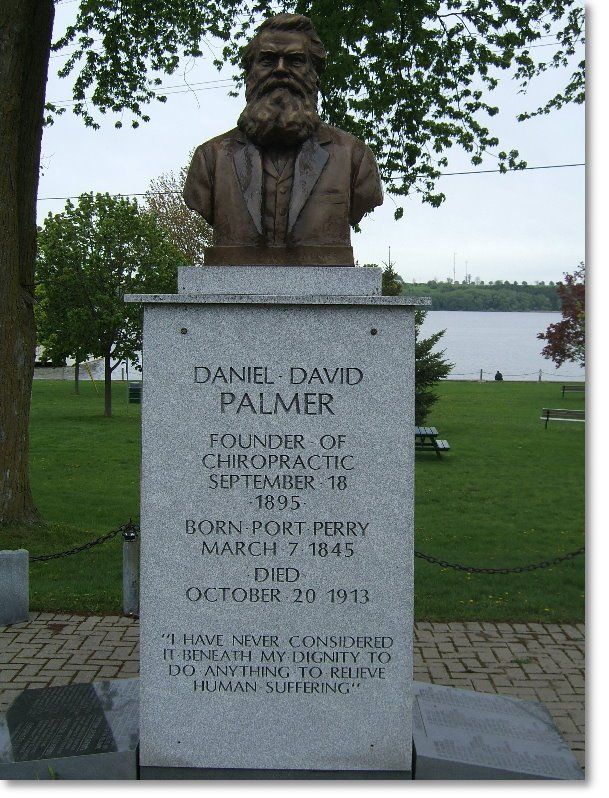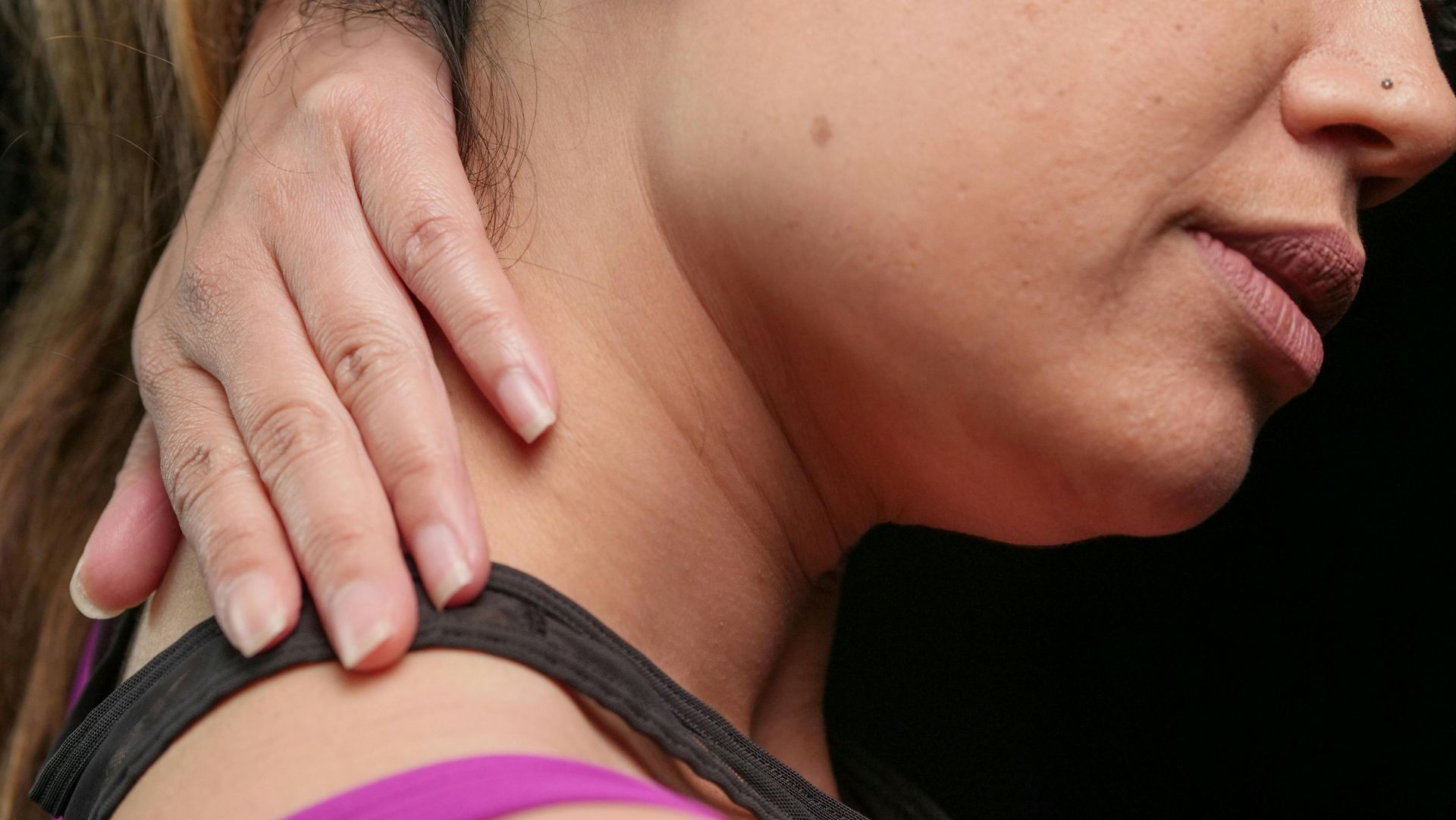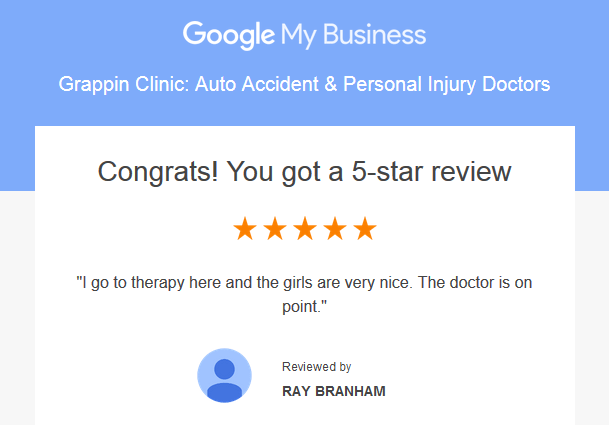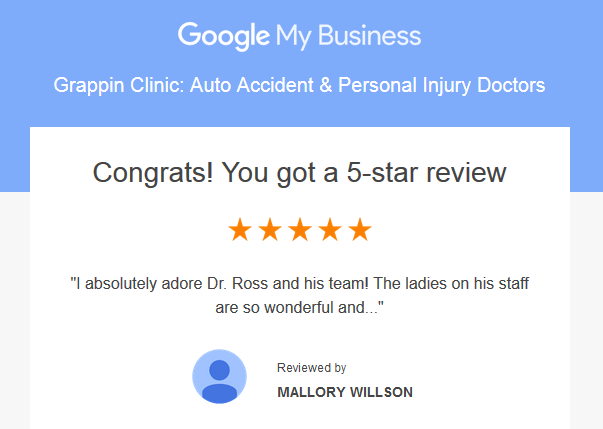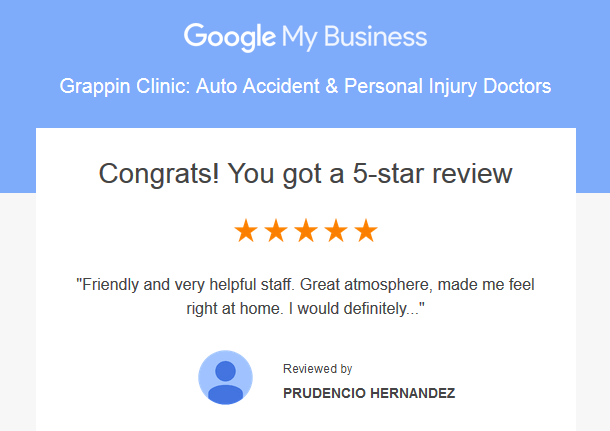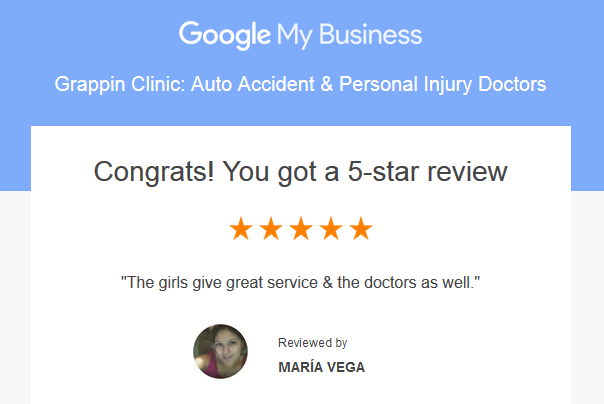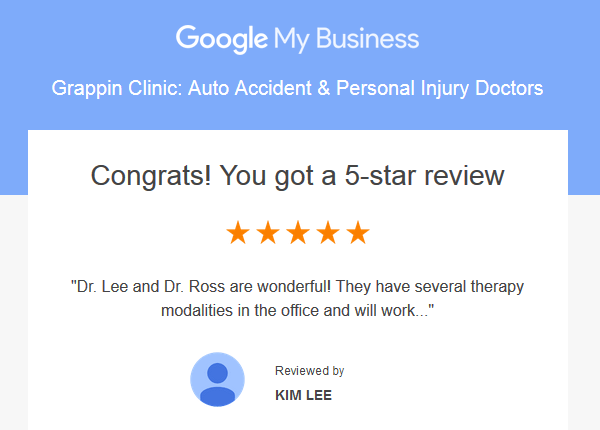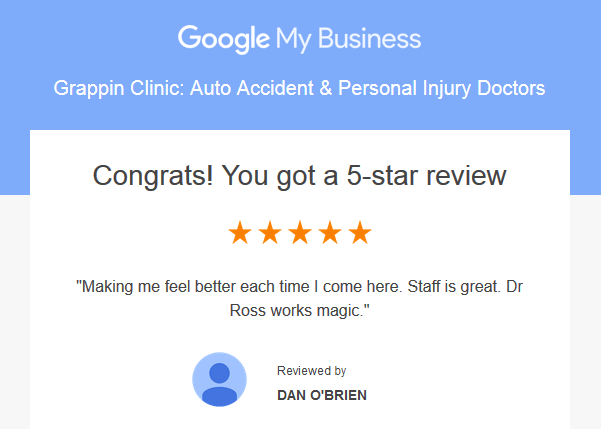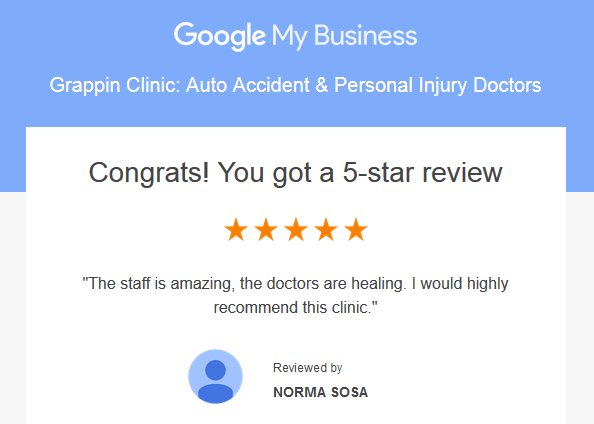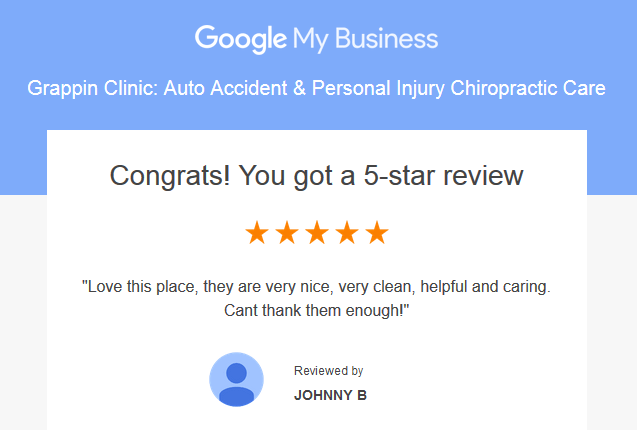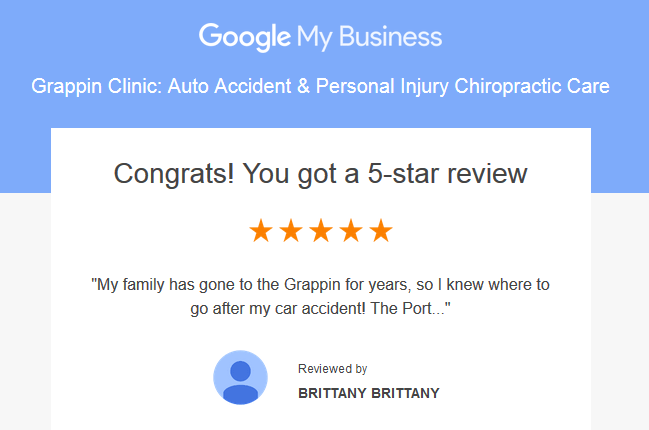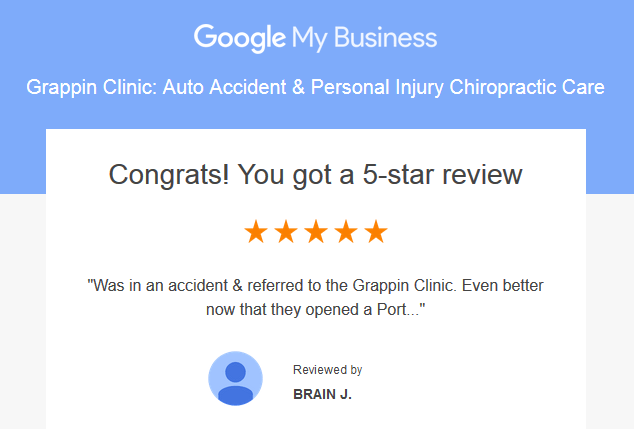Medical Massage and High Blood Pressure
Medical Massage and Control of Arterial Hypertension
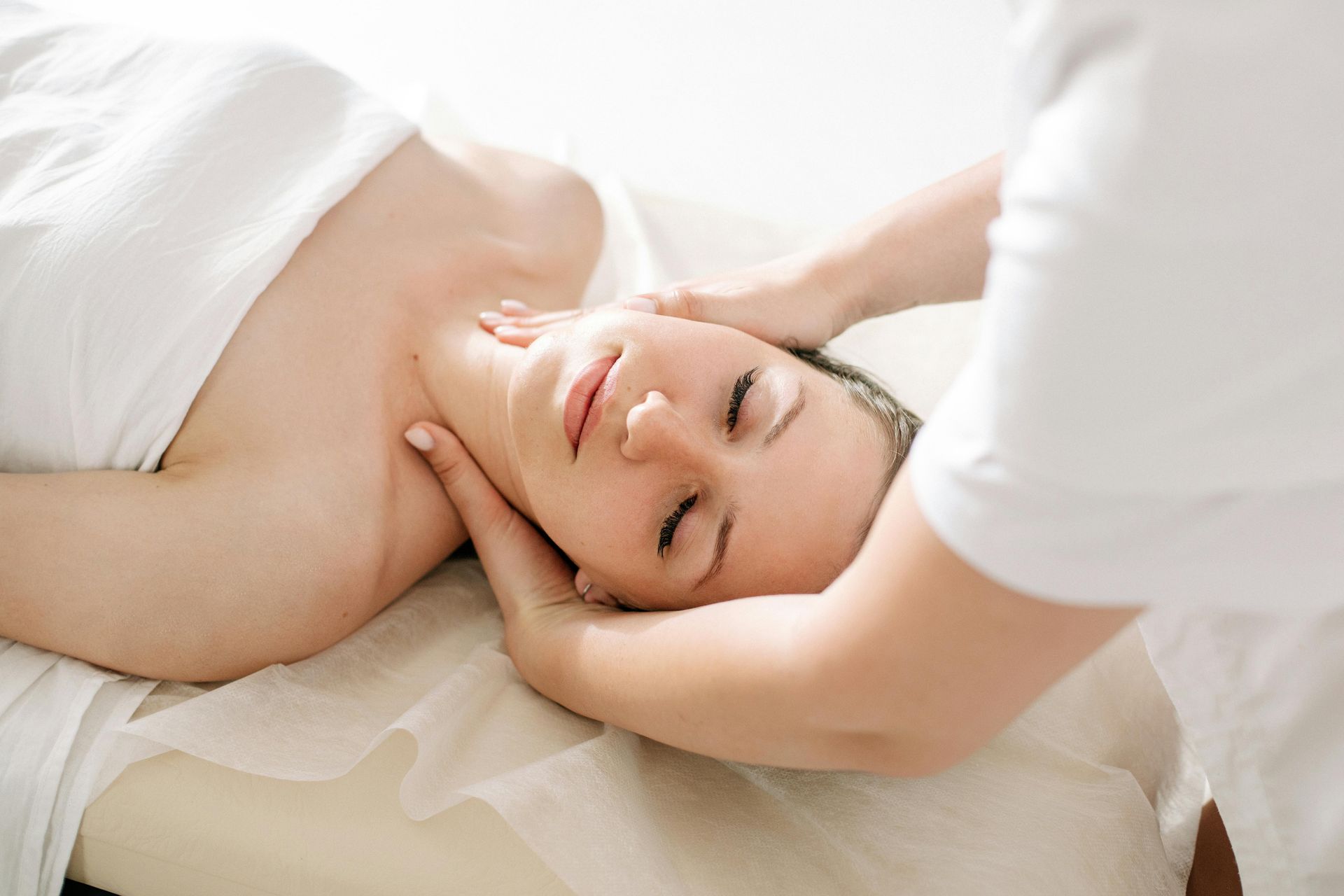
Hypertension affects 70 million Americans, yet only 8% have a known cause. The rest suffer from essential hypertension (EH), a condition with no identifiable origin. Medical massage therapy, often used for musculoskeletal issues, might offer relief for EH by balancing the autonomic nervous system and improving blood flow. This article explores a pilot study on medical massage's potential to manage hypertension, offering insights into its mechanisms and future research directions.
Understanding Hypertension
Prevalence: 70 million Americans have high blood pressure. CDC
Causes: Only 8% have a direct cause like kidney issues or adrenal tumors. The remaining 92% have essential hypertension (EH) with no clear cause.
Health Risks: Hypertension is a leading cause of heart attacks and strokes.
Medical Massage: A Potential Solution
How It Works
Medical massage therapy involves soft tissue mobilization, which can:
Accelerate venous blood flow and lymphatic drainage.
Break down pathological accumulations.
Stimulate receptors in the skin, connective tissue, and muscles, sending impulses to the central nervous system.
Physiological Effects
Vasodilation: Leads to decreased blood pressure and heart rate.
Increased Blood Supply: Enhances arterial blood flow to tissues.
Muscle Relaxation: Reduces tension and promotes overall health.
Pilot Study Insights
Participants: Six individuals with hypertension and somatic abnormalities.
Method: 15 massage sessions, a two-week break, then another 15 sessions.
Results: Participants reported reduced somatic complaints and normalized blood pressure.
Mechanisms Behind Medical Massage
Balancing the Autonomic Nervous System
Sympathetic vs. Parasympathetic: Imbalance can trigger EH. Massage helps restore balance.
Vertebral Arteries: Massage can vasodilate these arteries, improving blood flow to the brain.
Reducing Peripheral Vascular Resistance
Impact on Heart: Lower resistance means the heart works less to pump blood.
Protective Mechanisms: The body compensates for reduced blood flow by increasing heart rate and vascular resistance, which massage can help mitigate.
Different Perspectives
Conventional Medicine
Viewpoint: Focuses on medication to manage symptoms.
Limitations: Medications can have side effects and don't address underlying causes.
Alternative Approaches
Viewpoint: Emphasizes holistic methods like massage to address root causes.
Benefits: Non-invasive, fewer side effects, and potential for long-term management.
Future Research and Implications
Need for Larger Studies: The pilot study's results are promising but need validation through larger, double-blinded studies.
Potential Impact: If proven effective, massage therapy could become a recognized treatment for EH, reducing reliance on medication and associated costs.
Conclusion
Medical massage therapy shows promise in managing essential hypertension by addressing autonomic imbalances and improving blood flow. While more research is needed, this approach could offer a cost-effective, non-invasive alternative to traditional treatments. For more information on hypertension, visit the American Heart Association.
Interesting Stat
Did you know? Only 1 in 4 adults with hypertension have their condition under control.
To schedule a medical massage therapy session at the Grappin Clinic call 941-426-9551 today!
Article by Boris Prilutsly
